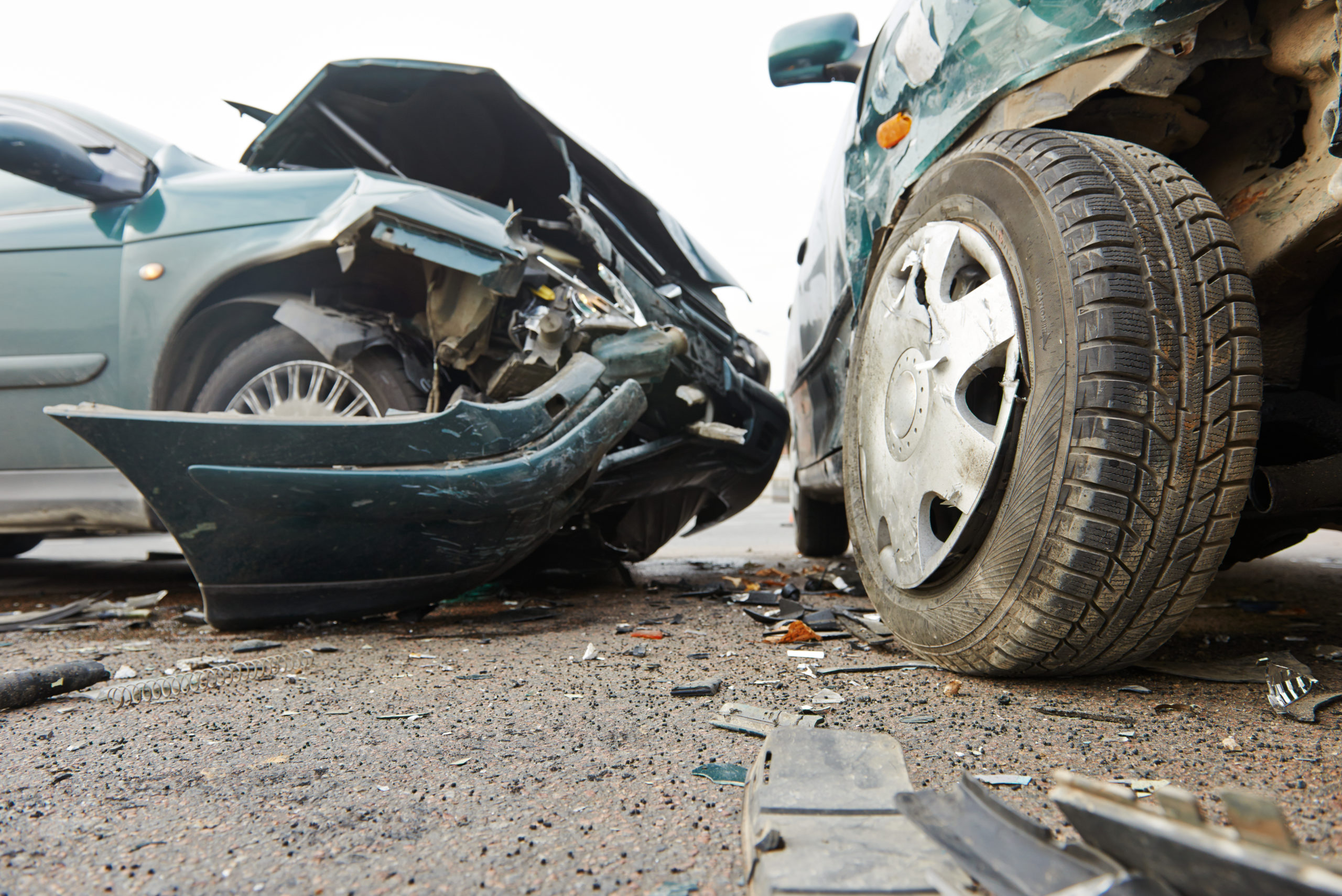Car Accident Lawyer
Driving with unrestrained pets in a vehicle can pose significant safety risks for both the pet and the driver, as well as any fellow travelers that the driver may encounter while on the road. As an experienced car accident lawyer can confirm, well-meaning pet owners cause accidents far too frequently as a result of their decision to travel with their companions in an unrestrained fashion.
Distraction
Pets that are unrestrained in a moving vehicle can be a major source of distraction for the driver. Distractions can divert the driver’s attention from the road, increasing the likelihood of accidents.
- Jumping or climbing: Unrestrained pets may jump onto the driver’s lap, obstruct the driver’s view, or attempt to climb onto the dashboard. This can impede the driver’s ability to see traffic signals, road signs, or other vehicles.
- Interfering with controls: Pets that are allowed to roam freely in the vehicle can inadvertently interfere with the driver’s ability to operate the vehicle safely. For example, they may accidentally step on the accelerator, brake, or steering wheel, causing the driver to lose control of the vehicle.
- Begging for attention: Pets seeking attention or trying to interact with the driver may bark, meow, or paw at the driver, demanding their attention. This can be highly distracting and divert the driver’s focus away from the road.
Increased injury risks
In the event of a sudden stop, collision, or even a minor accident, unrestrained pets can become projectiles, leading to severe injuries for both the pet and vehicle occupants.
- Airbag risks: Airbags are designed to protect adult passengers, and they can deploy with significant force. If a pet is unrestrained and positioned in front of an airbag, the deployment of the airbag can cause serious harm or even be fatal for the pet.
- Risk of ejection: In the event of a collision or abrupt stop, an unrestrained pet can be ejected from the vehicle through an open window or windshield. This can result in severe injuries or even death for the pet, as well as pose risks to other drivers or pedestrians.
- Injuries to occupants: Unrestrained pets can become projectiles during a collision, striking occupants and potentially causing injuries to themselves and others in the vehicle. The impact from a flying pet can lead to bruises, fractures, or more severe injuries.
Impaired pet safety
Driving with unrestrained pets can compromise their safety and well-being in multiple ways:
- Risk of escape: An unrestrained pet may be tempted to jump out of an open window or an open door, particularly if they are frightened or anxious. This can occur when the vehicle is in motion or during stops, leading to the pet becoming lost or injured.
- Exposure to harmful elements: Unrestrained pets may be exposed to harmful elements outside the vehicle, such as extreme weather conditions, flying debris, or hazardous chemicals. These factors can pose health risks to the pet and compromise their safety.
- Increased stress and anxiety: Traveling in a moving vehicle can already be stressful for pets. Being unrestrained can heighten their anxiety levels, potentially leading to aggressive behavior, erratic movements, or attempts to escape from the vehicle.
To better ensure the safety of both pets and humans while traveling in a vehicle, it is crucial to properly restrain pets using appropriate pet carriers, crates, harnesses, or seat belts designed for their size and weight. This will minimize distractions, reduce injury risks, and provide a safer travel experience for everyone involved.

